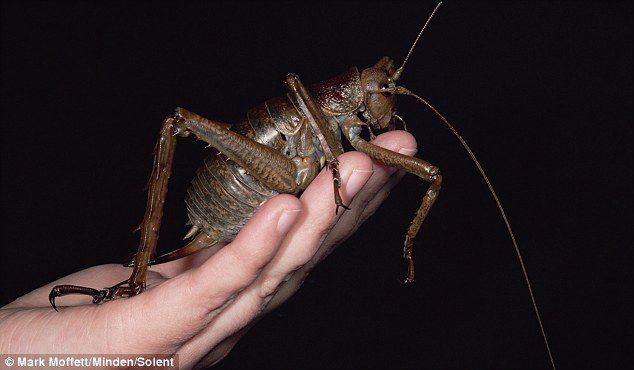-
 Nucleic acids
Nucleic acids
-
 Rhombohedral system
Rhombohedral system
-
 Polysomnographic sleep record
Polysomnographic sleep record
-
 Lysosome
Lysosome
-
 Dose
Dose
-
 Meson
Meson
-
 Oxy-fuel combustion
Oxy-fuel combustion
-
 Thermoplastic
Thermoplastic
-
 Gabapentin
Gabapentin
-
 Dolby Prologic
Dolby Prologic
-
 Endoderm
Endoderm
-
 Phenicol
Phenicol
-
 Terrestrial time
Terrestrial time
-
 Diester
Diester
-
 Haemoccult
Haemoccult
-
 Deletion
Deletion
-
 Influenza virus
Influenza virus
-
 Urostomy
Urostomy
-
 Cystectomy
Cystectomy
-
 Polycyclic aromatic hydrocarbons
Polycyclic aromatic hydrocarbons
-
 Intumescent
Intumescent
-
 Cryptochrome
Cryptochrome
-
 Canadarm
Canadarm
-
 Varicella zoster virus
Varicella zoster virus
-
 Germicide
Germicide
-
 Heterozygote
Heterozygote
-
 Hall effect
Hall effect
-
 Colic
Colic
-
 Refraction
Refraction
-
 VDSL 2
VDSL 2
Insular gigantism
Insular gigantism is a phenomenon that can occur when an animal species is found on an island, in the absence of predators.
When an environment fragments leading to the formation of islands, individuals of the same species are found scattered over the different islands that are formed. They thus create sub-populations called metapopulations. If one of them is found in an ecosystem where none of its predators live, it will not be subject to any selection pressure caused by predation.
Insular gigantism: the role of predators
When predators are present large individuals are unable to hide easily and are therefore often found and killed. They therefore do not transmit their genes to their offspring.
In the absence of predators, on the other hand, large individuals are as free as small individuals. But the large size gives higher reproductive success. Thus over the course of time this characteristic tends to persist in the population, leading to the phenomenon of insular gigantism.
The opposite phenomenon is called insular dwarfism.
 The giant weta, found on the island of New Zealand, owes its large size to insular gigantism. © Mark Moffett/Minden/Solent
The giant weta, found on the island of New Zealand, owes its large size to insular gigantism. © Mark Moffett/Minden/Solent
Latest
Fill out my online form.



